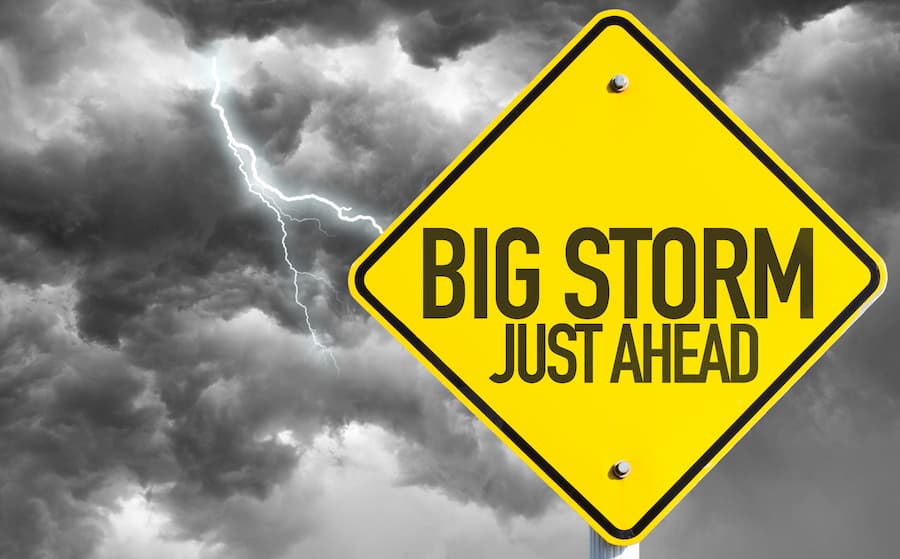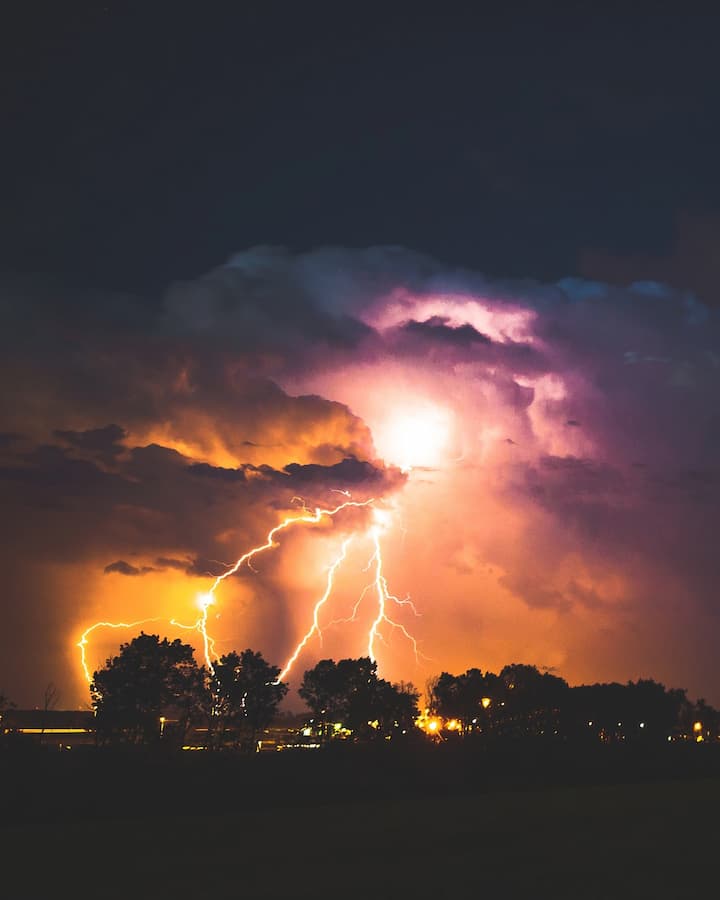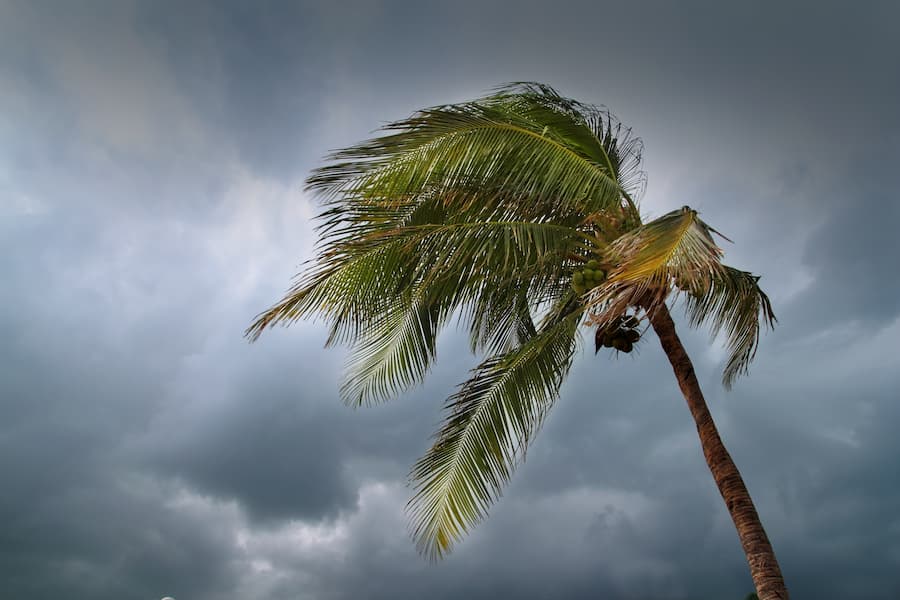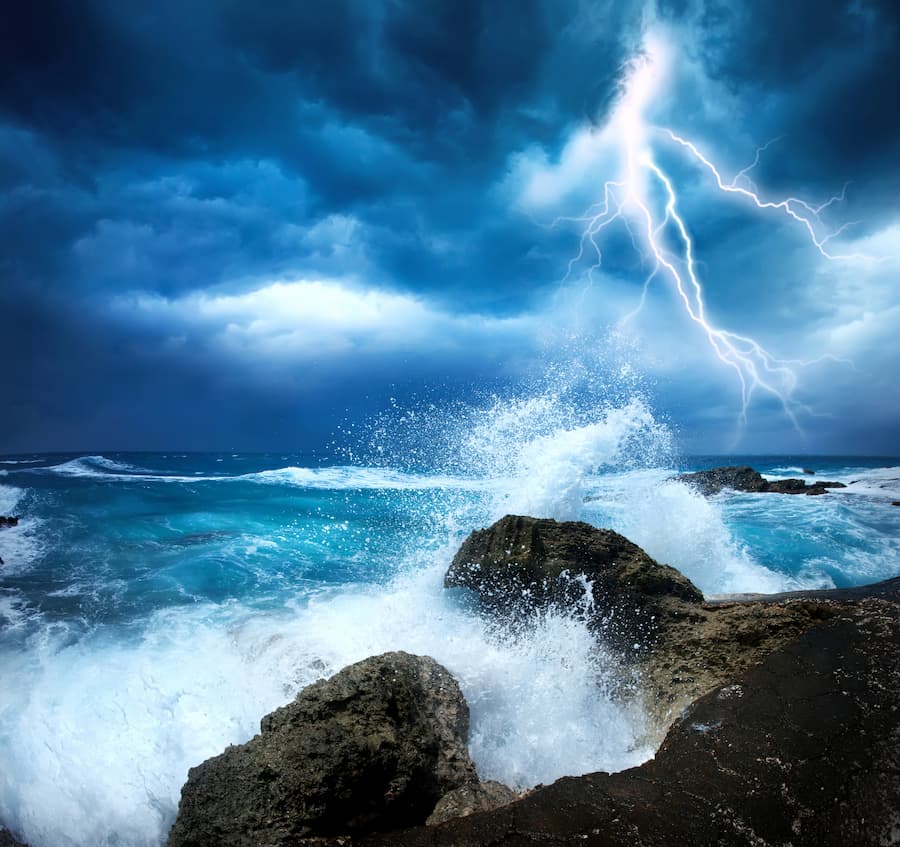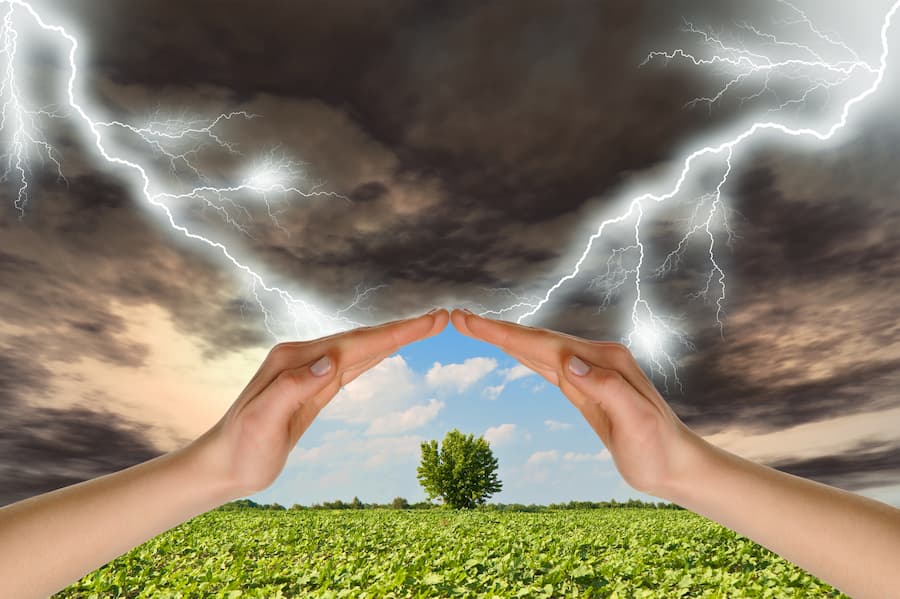Tropical Storms - An Effect of Climate Change
Tropical Storms or "Storms that originate over tropical waters are known by different names in different parts of the world. They're called hurricanes in the north Atlantic and Pacific oceans, typhoons in the Asian Pacific and cyclones in the Indian Ocean and elsewhere" (Source).
The link between tropical storms and climate change is becoming increasingly evident as scientific research continues to highlight the ways in which global warming exacerbates the intensity and frequency of these weather events. Warmer ocean temperatures, a direct result of climate change, provide more energy for the development and strengthening of tropical storms, leading to more powerful and destructive hurricanes and typhoons. Additionally, higher atmospheric temperatures increase the capacity for moisture, resulting in heavier rainfall and more severe flooding during these storms. Rising sea levels, another consequence of climate change, exacerbate the impact of storm surges, causing greater coastal erosion and inundation. This complex interplay between climate change and tropical storms underscores the urgent need for comprehensive climate action to mitigate these increasingly severe weather phenomena and protect vulnerable communities.
What are Tropical Storms?
Hurricanes, cyclones and typhoons are all types of tropical storms, which cause huge waves in the sea resulting in flooding of nearby areas. Additionally, the strong winds associated with these storms cause enormous damage to the land (Source).
To recap:
- "Hurricanes are tropical storms that form over the North Atlantic Ocean and Northeast Pacific" (Source).
- "Cyclones are formed over the South Pacific and Indian Ocean" (Source).
- "Typhoons are formed over the Northwest Pacific Ocean" (Source).
Warm and cold air in the tropical region results in a pressure difference in the region because the warm air rises and is replaced by cold air. A low-pressured area accompanied by a thunderstorm creates a tropical storm, and once this storm gains wind speeds of greater than 63 kilometres per hour, it is given a name (Source).
"If storm's sustained wind speeds continue to grow, reaching 119 kilometres per hour, it becomes a hurricane and earns a category rating of 1 to 5 on the Saffir-Simpson scale" (Source).
Tropical Storms and Climate Change
On June 7, 2020, Storm Cristobal made landfall on Louisiana's coast after causing destruction along the Gulf of Mexico. With 328.9mm of rain falling within 24-hours, the storm caused significant flooding and landslides, cutting off communities in the area (Source).
People have witnessed several occasions of the above-normal storm season, and global warming is making the occurrence more frequent.
"One NASA study from late 2018 supports the notion that global warming is causing the number of extreme storms to increase, at least over Earth's tropical oceans (between 30 degrees North and South of the equator)" (Source).
Another such study suggests, "there would be fewer weak and moderate storms and more of the big damaging ones, which also are projected to be stronger due to warming." Researchers agree that the world would likely face stronger storms because of warming temperatures (Source).
The overall strength of storms, as measured in wind speed, would rise by two to 11 percent. And an 11 percent increase in wind speed translates to roughly a 60 percent increase in damages (Source).
Example: Atlantic Hurricane Season of 2017
The Atlantic Hurricane Season 2017 is a prime example of three back-to-back hurricanes within a month. Hurricane Harvey, Irma & Maria swept across Houston, Florida, and the Caribbean, killing several people (Source).
With advanced technologies, scientists are now able to forecast the storms and their paths with very high accuracy. They know about the developing storms in advance and are better prepared to deal with them.
Economic Costs
However, all such preparatory measures still lead to a huge economic loss to the governments. Battling climate change and limiting global warming seems to be the only solution, which could lead to a reduction in the severity of these tropical storms.
We need to realize that if we further delay climate action, the costs will just get steeper over time. The cost of doing nothing will be far greater than the cost of taking action now before it is too late.
Unfortunately, we will need to expect bigger hurricanes for the foreseeable future.
Furthermore, "On Sept. 15, 1999, the United Nations issued a report predicting that global [warming] will cause more frequent and more severe tropical storms, floods and tornadoes in the coming century" (Source).
We have to keep in mind that there are many other effects of climate change as well.
Further Reading and Sources
- CBC News - The power and fury of tropical storms
- BBC UK – What's the difference between hurricanes, cyclones and typhoons?
- The Guardian – Tropical Storm Cristobal brings heavy rain and flooding to southern US
- NASA – How Climate Change May Be Impacting Storms Over Earth's Tropical Oceans
- CBC News – Climate change to bring fewer, stronger storms
- CBC News – 10 Facts About Hurricanes: Nature’s Deadliest Storms
Join the Community and Newsletter (4500 Subscribers)
You can subscribe to my Substack Page or see the archives of previous posts. More great content coming soon!
Recent Articles
-
Quotes on Climate Change
Nov 24, 25 07:29 PM
Here is a list of quotes on climate change divided into different categories, many of which include people you have previously heard of. -
Climate Change Guide
May 09, 25 08:36 PM
The Climate Change Guide is your guide to a more sustainable future, and will provide you with all relevant information on mankind's greatest challenge. -
Laurent Cousineau
May 09, 25 08:23 PM
Here is information about the founder of the website Climate Change Guide, Laurent Cousineau. He created it in August 2011. -
Climate Change Quotes by Scientists Around the World
Aug 24, 24 02:01 PM
Explore impactful climate change quotes by scientists. Discover the wisdom and insights of experts advocating for a sustainable future.
